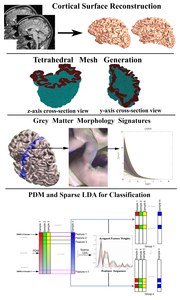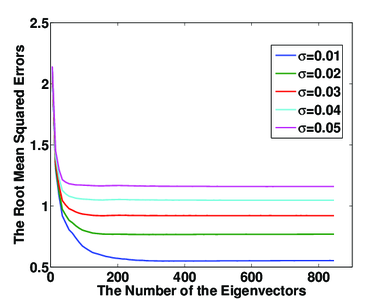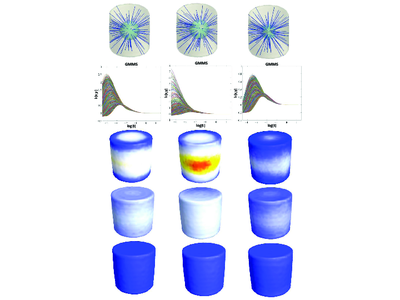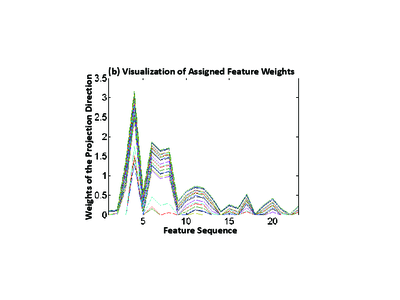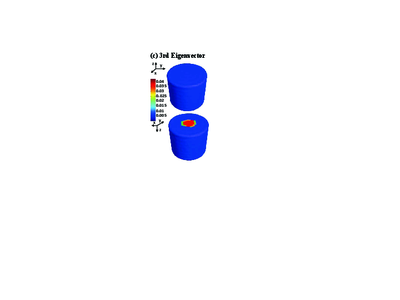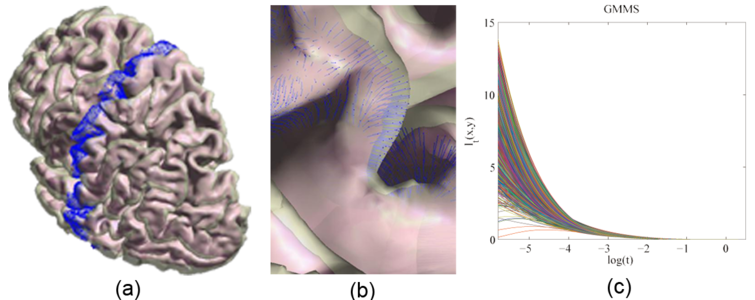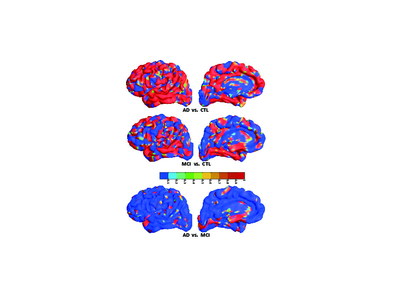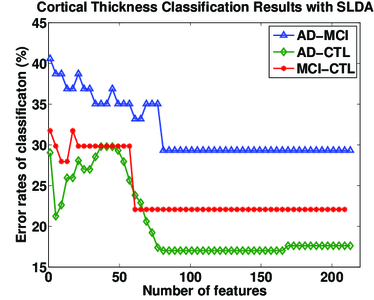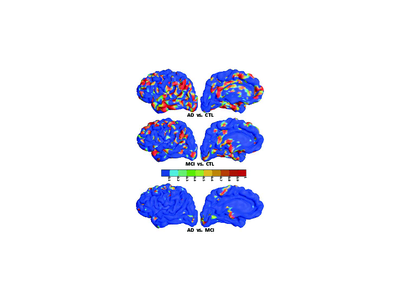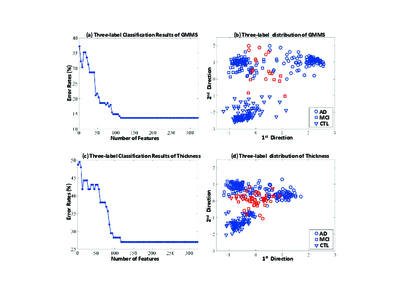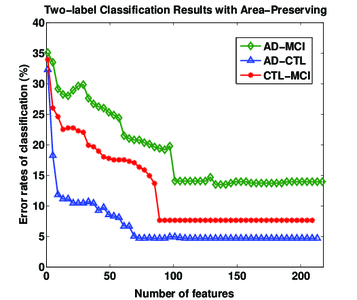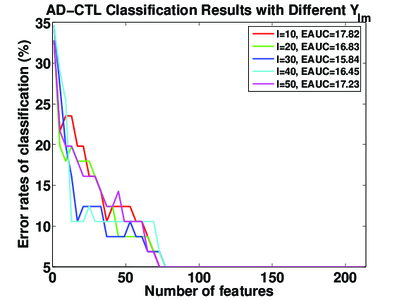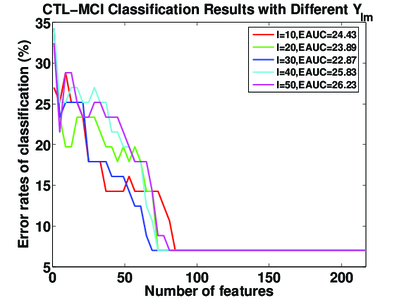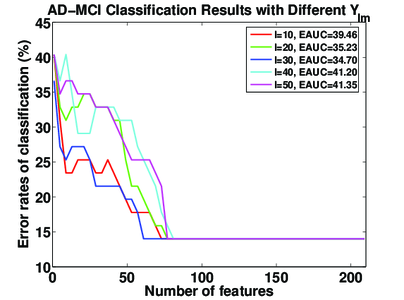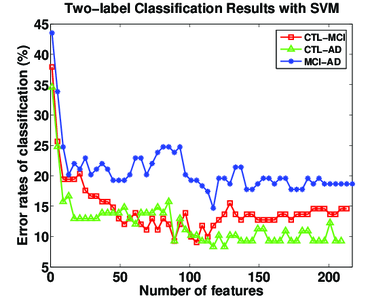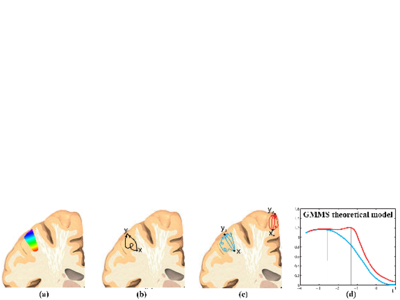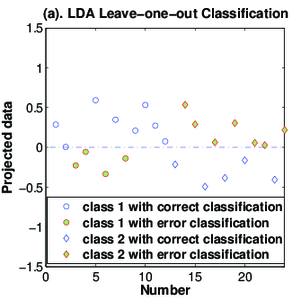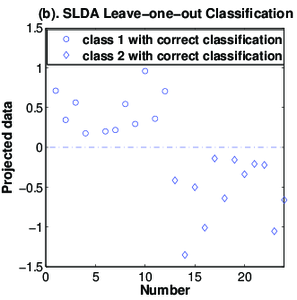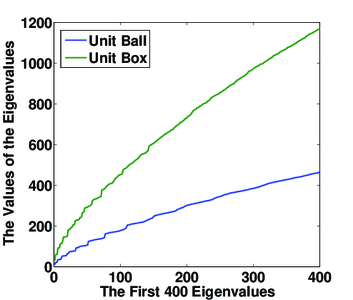Towards a Holistic Cortical Thickness Descriptor: Heat Kernel-Based Grey Matter Morphology Signatures
Gang Wang, Yalin Wang
Abstract
In this paper, we propose a heat kernel based regional shape descriptor that may be capable of better exploiting volumetric morphological information than other available methods, thereby improving statistical power on brain magnetic resonance imaging (MRI) analysis. The mechanism of our analysis is driven by the graph spectrum and the heat kernel theory, to capture the volumetric geometry information in the constructed tetrahedral meshes. In order to capture profound brain grey matter shape changes, we first use the volumetric Laplace-Beltrami operator to determine the point pair correspondence between white-grey matter and CSF-grey matter boundary surfaces by computing the streamlines in a tetrahedral mesh. Secondly, we propose multi-scale grey matter morphology signatures to describe the transition probability by random walk between the point pairs, which reflects the inherent geometric characteristics. Thirdly, a point distribution model is applied to reduce the dimensionality of the grey matter morphology signatures and generate the internal structure features. With the sparse linear discriminant analysis, we select a concise morphology feature set with improved classification accuracies. In our experiments, the proposed work outperformed the cortical thickness features computed by FreeSurfer software in the classification of Alzheimer’s disease and its prodromal stage, i.e., mild cognitive impairment, on publicly available data from the Alzheimer’s Disease Neuroimaging Initiative. The multi-scale and physics based volumetric structure feature may bring stronger statistical power than some traditional methods for MRI-based grey matter morphology analysis.
Figures (click on each for a larger version):
Related Publications
- Wang G, Wang Y, ADNI Group, Towards a Holistic Cortical Thickness Descriptor: Heat Kernel-Based Grey Matter Morphology Signatures, NeuroImage, 147, Feb. 2017, pp. 360-380.
